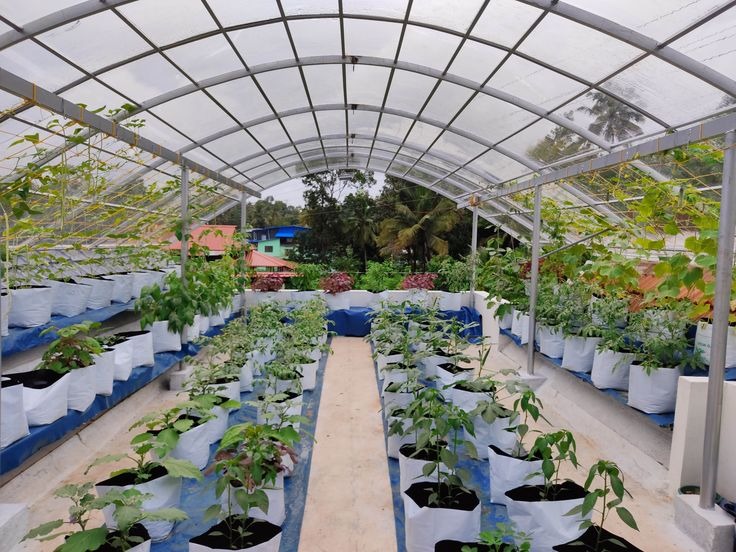
In the heart of bustling cities, urban farming is making waves, and rain shelters are at the forefront of this transformation. These structures are not just a protective cover; they are a game-changer for smart farming and sustainable agriculture
Uses of Rain Shelters

A rain shelter is a protective structure designed to shield crops from excessive rainfall while creating a controlled environment for optimal plant growth. Rain shelters provide vital protection for crops against excessive rain and harsh weather conditions, waterlogging and disease.
They create a controlled environment where urban farmers can cultivate a variety of plants, from vegetables to herbs, without the risk of waterlogging
Recent Posts
Benefits of Rain Shelters
○ Enhanced Crop Health: By shielding plants from excess moisture, rain shelters reduce the likelihood of disease, leading to healthier, more robust crops.
○ Maximised Space: They enable farmers to utilise small plots effectively, allowing for year-round production.
○ WaterEfficiency: These structures help conserve water by minimising runoff and evaporation, making them a sustainable choice for city farming.
○ Increased Yields: With better protection and optimised conditions, urban farmers can achieve higher yields, contributing to local food security.
Components of a Rain Shelter and Their Functions

Rain shelters are vital for protecting crops from excessive rainfall while creating an optimal growth environment. Here’s a brief overview of the key components:
1. Frame Structure: Galvanised steel, aluminium, or PVC.
○ Function: Provides structural support and durability against wind and weather.
2. Covering Material: Transparent plastic sheets (polyethylene) or shade cloth.
○ Function: Allows sunlight in while shielding plants from rain and excess moisture.
3. Ventilation System: Vents, fans, or windows.
○ Function: Promotes air circulation and regulates temperature and humidity to prevent fungal diseases.
4. Water Drainage System: Gutters and downspouts.
○ Function: Directs excess rainwater away, preventing waterlogging and maintaining soil health.
5. Foundation: Concrete, gravel, or compacted soil.
○ Function: Ensures stability and aids in drainage.
6. Crop Support System: Trellises, stakes, or netting.
○ Function: Supports growing plants, maximizing space and promoting healthy development.
7. Irrigation System: Drip lines or sprinklers.
○ Function: Provides controlled watering, ensuring adequate moisture without overwatering
Importance in Sustainable Agriculture
Rain shelters play a crucial role in promoting sustainable practices. They reduce reliance on chemical pesticides and fertilisers, fostering an eco-friendly approach to food production. By supporting local farming initiatives, rain shelters contribute to healthier communities and a more resilient food system.
Conclusion
As OrgaAyur productions promote the future of urban farming, rain shelters stand out as a vital tool for achieving sustainability and efficiency. By integrating these
innovative structures into our agricultural practices, we’re not just growing food—we’re cultivating a greener future for our cities. Let’s harness the power of rain shelters and transform urban landscapes together!
